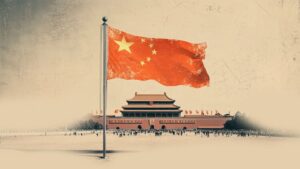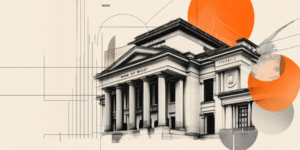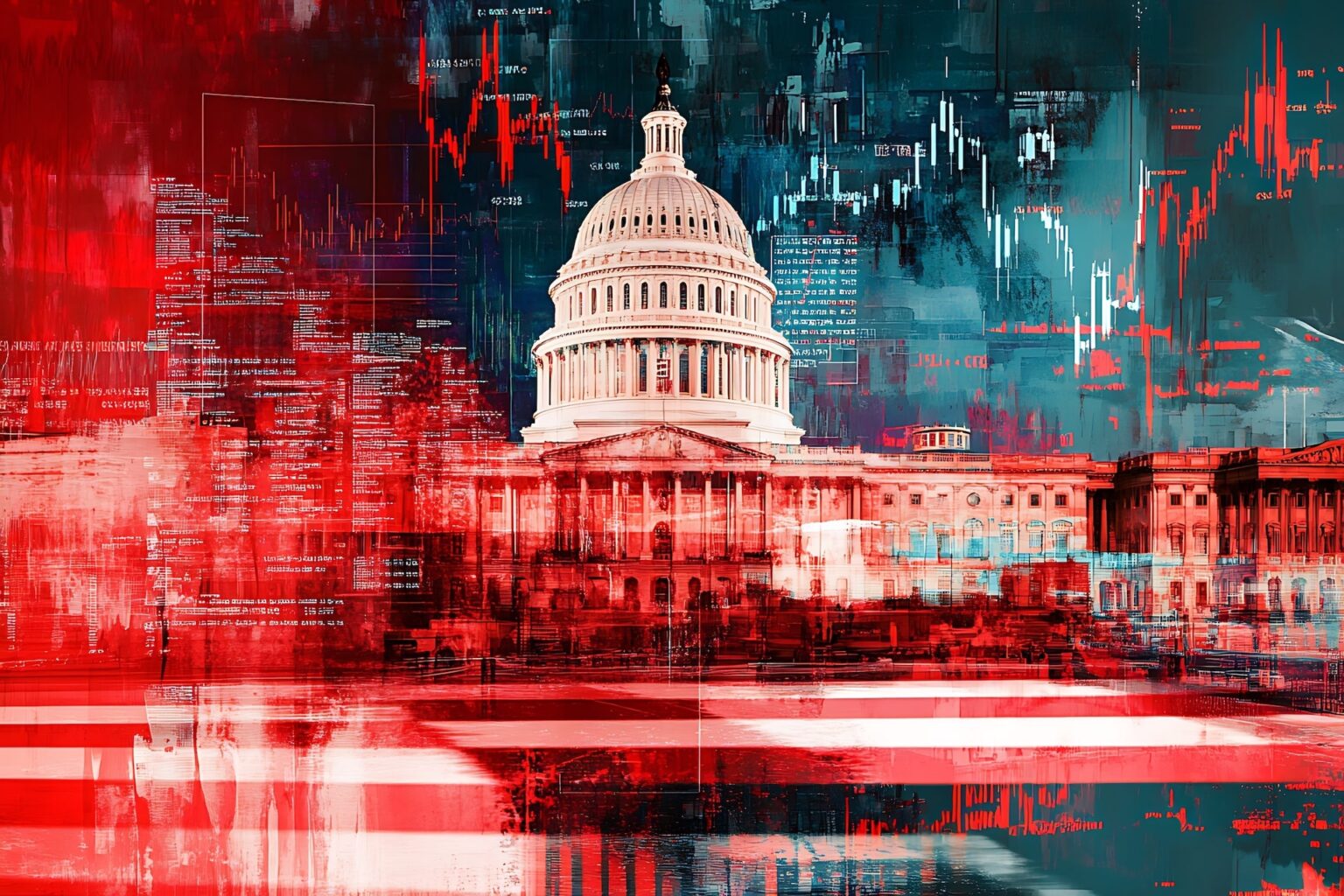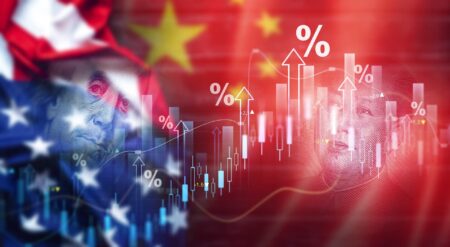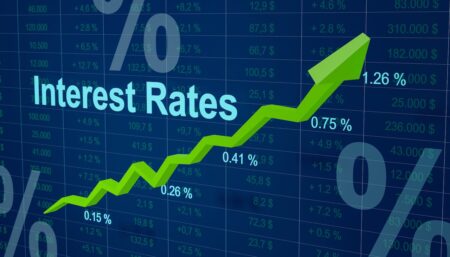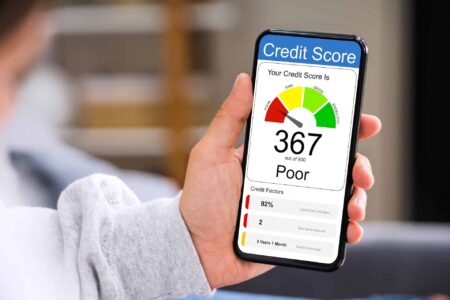Credit Sesame looks at what to do when you’re confused by the economy and getting mixed signals about what comes next.
This is one of those times when staying informed can add to your confusion. The news is full of mixed signals: on-again, off-again tariffs, speculation that the Fed may cut rates, unless it raises them, and sharp drops in the stock market followed by significant gains. It can make you feel like you’re being pulled in several directions at once.
It is not surprising, then, that recent weeks have shown signs of growing panic among consumers and investors. But panic is only likely to make things worse. In times like these, you should not be frozen by fear. Nor should you be pushed into rash decisions. The key is to act without panicking.
Economic dilemma: The Fed’s problem is your problem
The economic dilemma facing consumers was summed up recently by Fed Chair Jerome Powell. He described a “challenging scenario” in which new tariffs could drive up inflation while also slowing growth.
This puts the Fed in a bind. Its mandate is to both control inflation and support economic growth. Tackling inflation often requires raising interest rates, while supporting growth may necessitate cutting them. When inflation rises and growth slows simultaneously, it limits the Fed’s ability to respond effectively.
Powell’s concerns are echoed in recent consumer surveys. The Index of Consumer Sentiment, a widely followed gauge of consumer confidence, fell by 11% over the past month and is down 30% since December. The same survey found consumer expectations for inflation are the highest they have been since 1981.
Similarly, the Federal Reserve Bank of New York’s Survey of Consumer Expectations indicates that people anticipate higher inflation and a weaker economy in the year ahead. It also reveals that credit is becoming harder to get, which could slow spending for households that have been relying on borrowing to get by.
Like the Fed, many consumers feel caught between inflation and sluggish growth. This tension is showing up in both consumer and investor behavior. As fear and confusion grow, the challenge is to keep making smart decisions without panicking.
Making major purchases
Consumer spending is a clear example of recent economic confusion. While consumer sentiment has dropped sharply in recent months, retail sales jumped by 1.4% in March 2025. That followed a 1.2% decline in January. Economists believe the March rebound may have been driven by fears that tariffs would soon drive prices higher.
Many consumers may have rushed to make major purchases before those tariffs took effect. But with confidence in the economy falling, is that a smart move?
It could make sense to buy before prices rise, especially if it is a planned purchase and you can afford it without taking on long-term debt.
On the other hand, overborrowing to buy now may backfire. Credit card interest rates tend to be significantly higher than inflation, so carrying a balance could ultimately cost more than any savings from beating the price increase.
Retirement investments
The stock market has also reflected growing uncertainty. In the first 13 trading days of April, the S&P 500 recorded five daily declines of 1% or more. It also posted two daily gains above 1%, including a sharp 9.5% rise.
This level of volatility underscores the unsettled state of investors. Such market movements can lead people to make short-term decisions about what should be long-term investments.
It makes more sense to stay calm and look for opportunities. Price dips can present opportunities to acquire solid, world-class companies at lower valuations. It may also be a good time to rebalance your portfolio if market shifts have caused it to deviate from your long-term goals.
Avoid the temptation to jump in and out of the market based on emotion. Reactionary decisions often lead investors to buy high and sell low.
Credit maintenance
Consumer credit trends reflect many of the same tensions affecting the broader economy. Americans are still leaning heavily on credit cards, pushing balances to record highs. At the same time, delinquency rates are rising sharply. Many households also report that credit is becoming harder to get, as lenders tighten their standards. So, how should you approach this complicated relationship with credit?
It makes sense to take steps to reduce your reliance on debt. With lenders pulling back, this is a good time to focus on improving your credit score. If possible, build up savings that can help you carry through periods of uncertainty.
Do not ignore the problem; do not panic. Missing payments or avoiding creditors may feel like a short-term escape, but it often leads to late fees, penalty interest rates, and long-term damage to your credit. If you are struggling, contact your lenders to discuss a payment plan before the situation worsens.
Stay steady when the outlook is uncertain
When the economy sends mixed signals, it is easy to feel overwhelmed. But staying calm, focused, and practical can help you avoid costly mistakes.
You may not be able to control inflation, interest rates, or the job market, but you can control how you respond. Make thoughtful decisions, avoid panic-driven moves, and focus on actions that protect your long-term financial health.
If you enjoyed Confused by the economy? Stay focused, not fearful you may like,
Disclaimer: The article and information provided here are for informational purposes only and are not intended as a substitute for professional advice.
Read the full article here


